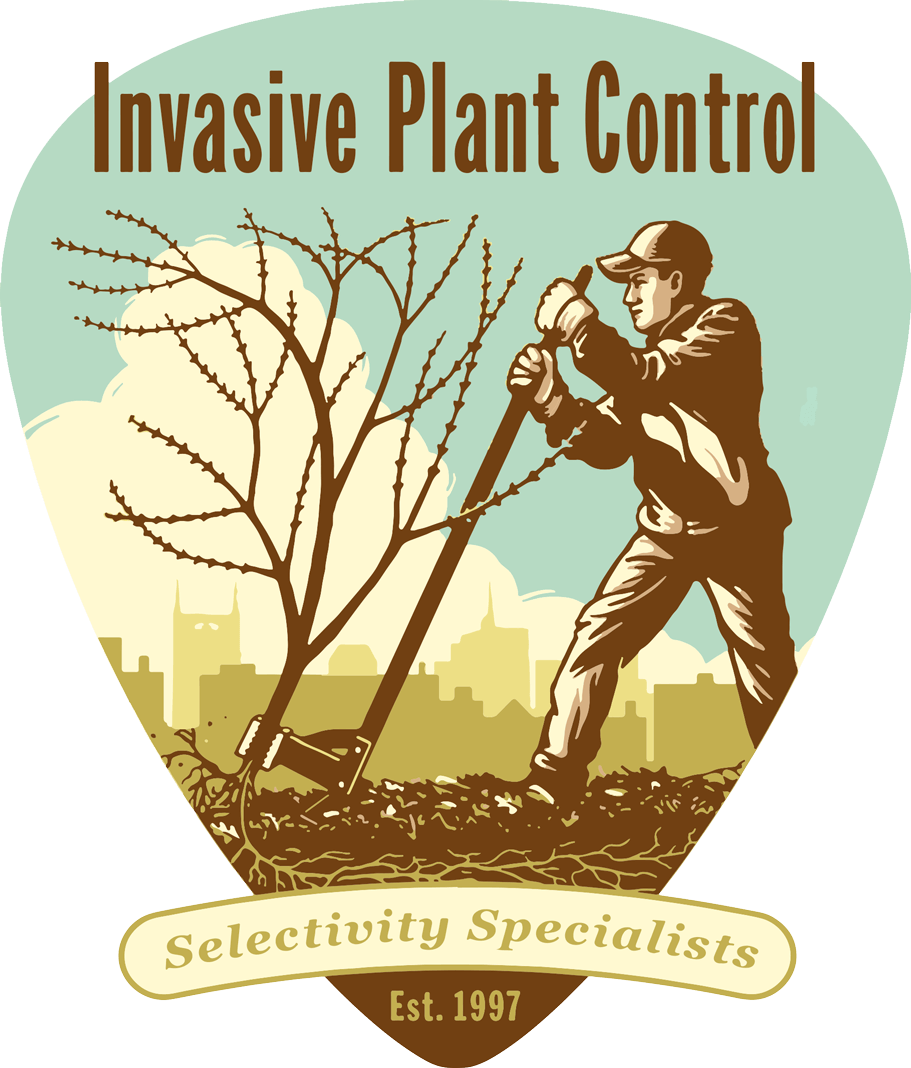Integrated Pest Management
Effective control of invasive plants requires a highly selective management approach. Invasive Plant Control, Inc. is careful to utilize control methods that enhance desireable species while creating the most efficient and environmentally sound control options for plants that are less beneficial.
IPC bases it management on an Integrated Pest Management approach. IPM is the use of several management tools to reduce the use of herbicides while achieving a high rate of success. Reducing the use of herbicides is most often achieved not through elimination of chemicals, but instead through the application method. Understanding the difference between the natives and non natives allows our employees to be target specific. Utilization of the best equipment on the market reduces wasted product and the combination of mechanical and chemical tools allows for a more specific control of undesirable species.
IPC will provide all the tools and labor necessary to control the invasive species on your site. Although heavy equipment is sometimes necessary, the need for selectivity most often requires low impact equipment.
Utilizing an Integrated Pest Management Approach, IPC, has selectively controlled invasive species in hundreds of natural areas throughout the eastern United States since 1997.
IPM strategy
- Identification/Mapping
- Management Plan Development/Prioritization
- Early detection plan
- Identify undesirable plants
- Define control mechanisms
- Prioritize sites
- On the Ground Control
- Control invasive plants in order of priority
- Mechanical
- Biocontrol
- Chemical
- Prescribed Burning
- Cultural
- Control invasive plants in order of priority
- Monitoring/Revegetation
- Monitor site
- Maintain site for specified number of years
- Revegetate with desirable species if necessary
- Maintenance/Long-Term
- Maintaining the site is the most important step in the entire IPM process. IPC always allows for at least a 5-year management plan following the initial treatment. Seed bank, re-growth and adjacent infestations will be management concerns annually and must be managed with a long term strategy.
